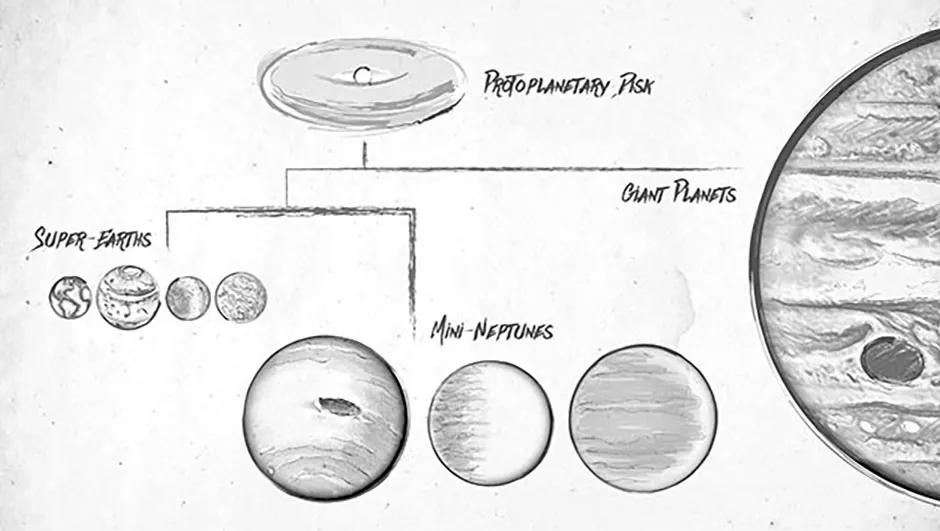10 Earth-sized planets orbiting their stars in the ‘habitable zone’ are part of a new catalogue of candidate exoplanets released by NASA.The catalogue released by the Kepler space telescope team contains 219 new candidates for exoplanets, bringing the total number to 4,034, of which 2,335 have been verified.
The Kepler space telescope searches for exoplanets by looking for transits.
This is the name given to the phenomenon of a planet crossing in front of a star, which causes a dip in brightness that Kepler can detect.
"The Kepler data set is unique, as it is the only one containing a population of these near Earth-analogs - planets with roughly the same size and orbit as Earth," says Mario Perez, Kepler programme scientist.
"Understanding their frequency in the Galaxy will help inform the design of future NASA missions to directly image another Earth."

A second study using the same data has established two distinct size groupings for small planets: rocky, Earth-size planets and gaseous planets smaller than Neptune.
Few planets appear to exist between these groupings.
The team made the distinction by using the W.M. Keck Observatory in Hawaii to measure the sizes of 1,300 stars in the Kepler field of view and determine the radii of 2,000 Kepler planets.
They found that rocky planets up to about 75 per cent bigger than Earth are common, and that about half of those planets take on a small amount of hydrogen and helium that swells their size, allowing them to "jump the gap" and join the population closer to Neptune's size.
"We like to think of this study as classifying planets in the same way that biologists identify new species of animals," says Benjamin Fulton, doctoral candidate at the University of Hawaii and lead author of the second study.
"Finding two distinct groups of exoplanets is like discovering mammals and lizards make up distinct branches of a family tree."
